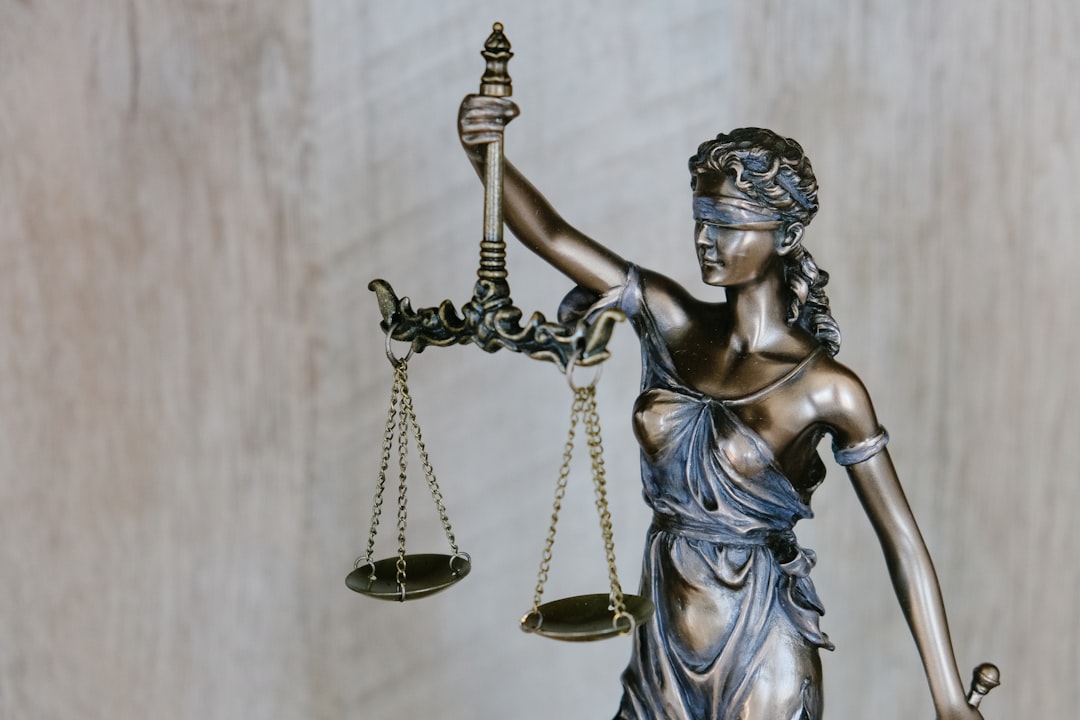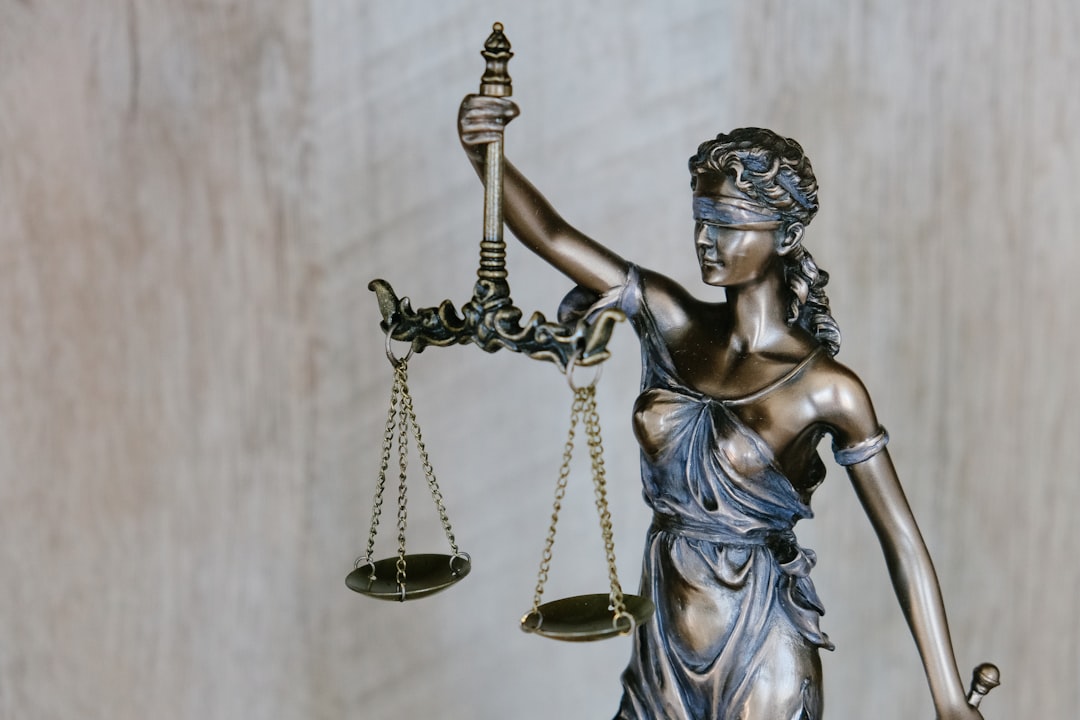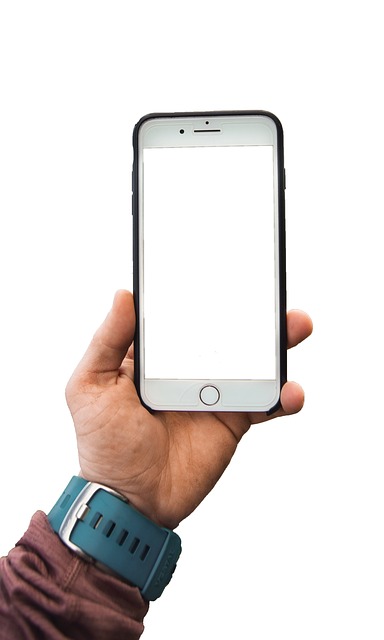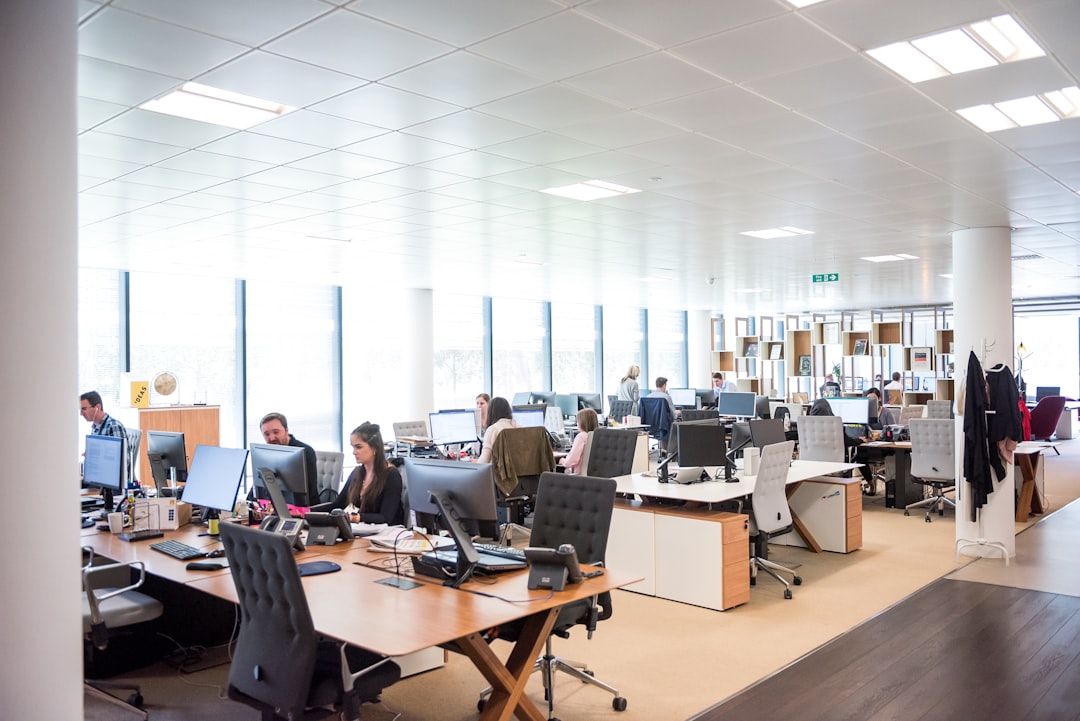Autodialers, though often mistaken for illegal, serve legitimate business purposes like reminders and surveys, enhancing efficiency. In NYC, their use is regulated by laws against nuisance calls in telemarketing. Businesses must secure explicit consent before automated or prerecorded calls using an autodialer to avoid severe penalties and legal issues. An autodialer Lawyer New York is crucial for navigating these regulations and ensuring compliance.
“Unraveling the complexities of autodialers and their legal implications in New York City, this article dispels common misconceptions surrounding these automated technologies. From ‘Understanding Autodialers: Myths vs. Reality’ to navigating the ‘Legal Landscape’ and ‘Risks’ posed by non-compliant use, we explore NYC’s strict telemarketing laws. As an autodialer lawyer in New York, our goal is to guide you through this intricate web, ensuring compliance and peace of mind.”
Understanding Autodialers: Myths vs. Reality

Autodialers, a technology used for automated phone calls, often come with misconceptions that need clarification, especially in the context of New York City’s legal landscape. Many believe autodialers are inherently illegal, but this isn’t always the case. While excessive or unauthorized use can invite legal repercussions, businesses and organizations employ autodialers to make important communications, such as appointment reminders, surveys, and public service announcements. These automated calls enhance efficiency and reduce human error.
The key distinction lies in how and why autodialers are used. In New York, as across the nation, laws exist to protect consumers from nuisance calls. However, these regulations primarily target telemarketing and unsolicited calls. Legitimate businesses using autodialers for internal or customer-focused purposes are generally within their rights, provided they adhere to do-not-call lists and other legal guidelines. Thus, understanding the reality behind autodialers—as a versatile tool when used responsibly—is crucial for both businesses navigating New York’s legal environment and consumers aiming to dispel myths surrounding this technology.
Legal Landscape: NYC's Strict Telemarketing Laws

New York City has some of the strictest telemarketing laws in the country, particularly when it comes to the use of autodialers. These regulations are designed to protect residents from unwanted phone calls and ensure fair business practices. According to the New York State Attorney General’s Office, businesses must obtain express consent before making automated or prerecorded calls using an autodialer. This includes not only live sales representatives but also recorded messages.
Violations of these laws can result in significant penalties for companies and even individual employees. An autodialer lawyer in New York can help businesses navigate this complex legal landscape, ensuring compliance and defending against potential lawsuits. Understanding the rules surrounding autodialers is crucial for any organization engaging in telemarketing activities within the city limits.
Navigating Risks: When Autodialers Violate Rules

In New York City, as with many places, using autodialers for telemarketing or marketing purposes comes with strict legal guidelines. While these automated calling systems can enhance business outreach, they also pose risks when not used in compliance with laws and regulations. Many companies and individuals operating autodialers in NYC often find themselves navigating a complex landscape of rules designed to protect consumers from unwanted or intrusive calls.
A common misconception is that autodialers are inherently illegal, but this isn’t entirely accurate. The legality hinges on how they’re used. When an autodialer violates certain guidelines, such as making calls without prior consent (also known as “do not call” lists), exceeding call limits, or failing to identify the caller, it can lead to legal troubles. An experienced autodialer Lawyer in New York can guide businesses through these complexities, ensuring they stay compliant and mitigate potential risks associated with automated calling technology.






